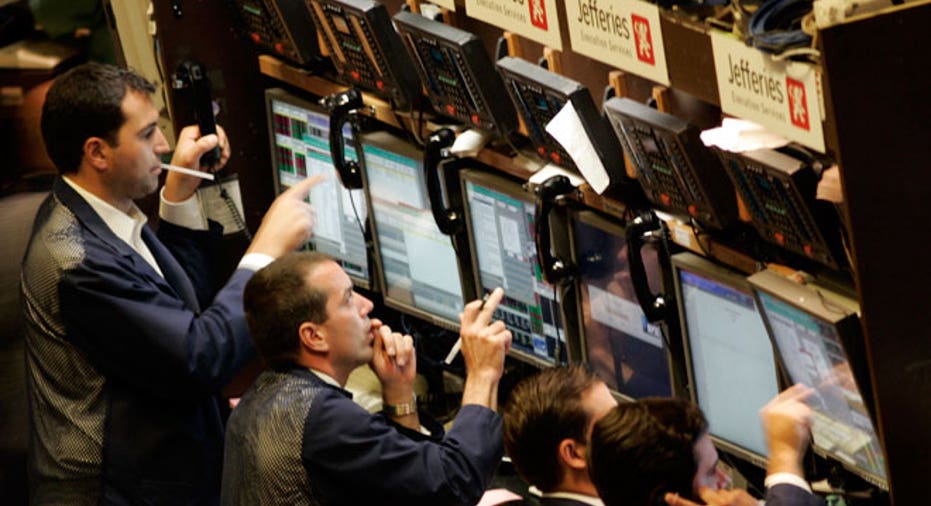'Sell in May and Go Away' -- Does it Still Work?

It might be time to retire the old market axiom of “sell in May and go away.”
“There is a difference between a rule and an adage,” says Michael Mussio, chartered financial analyst, managing director of FBB Capital Partners. “The game now is different, we are in a different environment that we’ve been in the past. The rule right now is 'don’t fight the Fed.'”
Historically, the dog days of summer spill onto Wall Street bringing the weakest-performing months of the year. According to the Stock Trader’s Almanac, decades of historical research shows most market gains occur from November through April. For investors looking for reliable returns, their best bet has been jumping into equities between Nov.1 and April 30 and then shifting into fixed income for the rest of the year.
Since 1950, the Dow Jones Industrial Average has experienced an average gain of 0.3% from May-October, compared to 7.5% during the rest of the year.
But this isn’t your traditional market, says Sarat Sethi, managing director at investment advisory firm Douglas C. Lane & Associates, adding that followers of the adage last summer missed out on significant gains.
“Right now, I don’t think it’s applicable. There’s a bunch of different factors in play right now, most importantly corporations are very strong in terms of their balance sheets and they are spending money on M&A, not to mention the consumer is more deleveraged than in the past.”
He is overweight in discretionary stocks heading into the summer, specifically autos and auto parts and industrials with strong top-line growth. “We are wary of slow-growth companies with high dividends. Investors will want to move away from them heading into summer.”
However, Lance Roberts, chief strategist at STA Wealth Management, plans to go into defensive mode through the summer, pointing out that the market is due for a correction “Markets are like a rubber-band, they can stretch only so much before they have to be relaxed so they can stretch some more.”
While the upcoming months are traditionally the worst-performing, it doesn’t mean investors have to sell everything in their portfolio, says Quincy Krosby, market strategist at Prudential Financial. “If you are worried, move more into defensive sectors -- you are likely to be safer there.”
She says Wall Street’s strong performance over the last few summers had a lot to do with central banks around the world. “Summers haven’t been too bad for Wall Street recently -- but a lot of that had to do with comments from central bankers which have helped propel markets higher.”
Michael Block, chief strategist at Rhino Trading Partners, doesn’t have a problem going against history. “I find that going against sentiments works very well, so if everyone is lining up to sell in May, I might want to take the other side of that.” He is focusing his attention on the housing sector, which has showed weakness this year along with the labor market.
“Right now, the sectors that I see being safe going into the summer are REITS, and financials will also get better. They are getting hit with problems that they brought on themselves, but once the dust settles they should be doing better.”